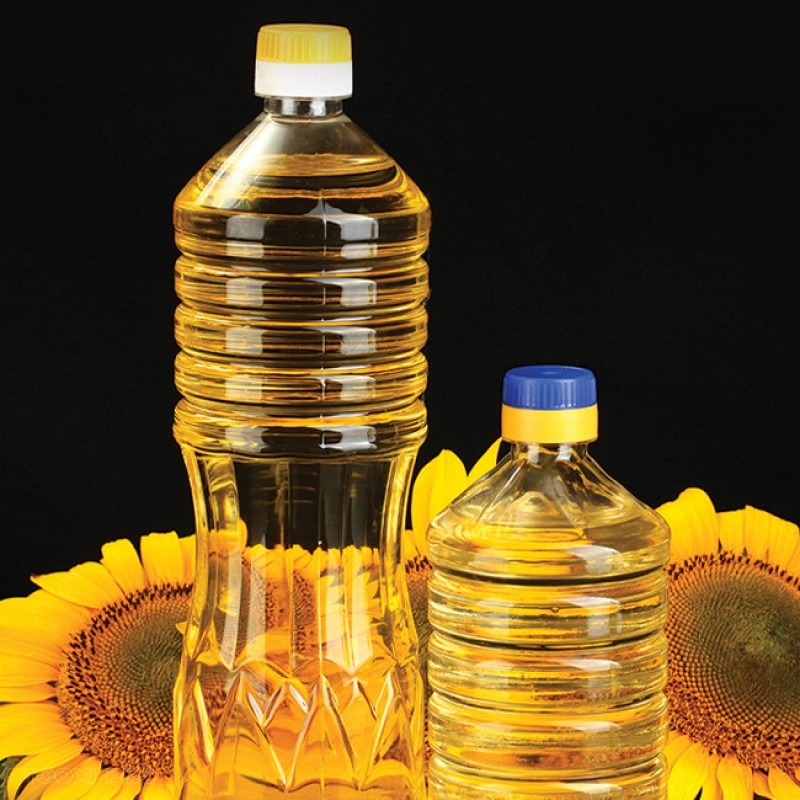Description
Nutrition
Rapeseed oil is pure oil, so it contains no protein or carbohydrates. However, it’s a good source of healthy fats and fat-soluble vitamins.
One tablespoon (15 ml) of canola oil provides :
- Calories: 124
- Total fat: 14 grams
- Saturated fat: 1 gram
- Monounsaturated fat: 9 grams
- Polyunsaturated fat: 4 grams
- Vitamin E: 16% of the Daily Value (DV)
- Vitamin K: 8% of the DV
It’s a great source of vitamin E, a potent antioxidant that supports skin and eye health.
Furthermore, it’s naturally low in saturated fat and high in unsaturated fat, which is linked to better heart health.
In particular, it’s a good source of alpha-linolenic acid (ALA), a type of omega-3 fat. ALA is an essential fat that’s converted into eicosapentaenoic acid (EPA) and docosahexaenoic acid (DHA) in the body. A diet high in these fats is linked to heart health benefits.
Rapeseed oil is also high in omega-6 fats, which support overall health when consumed in moderate amounts. However, most people get too much omega-6 fat in their diet, which can lead to inflammation.
Fortunately, rapeseed oil has an omega-3 to omega-6 ratio of 1:2, which is considered a healthy balance of the two fats. Most experts agree that a 1:4 ratio or less is ideal for good health, making rapeseed oil a good option.
Research on the effects of this oil on blood cholesterol is mixed. However, a recent analysis of studies found that regularly consuming canola oil led to lower levels of LDL (bad) and total cholesterol, which can help prevent heart disease.
Although there is some controversy surrounding rapeseed oil, its use is associated with many benefits.
High-heat cooking temperature
Rapeseed oil can be cooked to high temperatures because of its high smoke point, meaning it won’t burn until around 400ºF (204ºC), at which point it will start to smoke. At this temperature, fat molecules begin to break down and create harmful compounds.
Smoke point is an important factor to consider when you’re choosing a healthy cooking oil. One factor that determines this is how refined an oil is. The more refined, the higher the smoke point.
Since rapeseed oil is highly refined, meaning that many of its impurities and free fatty acids have been removed, it has a higher smoke point than other oils, such as olive oil.
The stability of an oil is another important factor to consider when you’re choosing healthy cooking oil. In general, oils with more polyunsaturated fatty acids are less stable under high heat, and oils with more monounsaturated or saturated fatty acids are more stable in the same environment. Because rapeseed oil is only 28% PUFA, it is relatively stable and therefore a good choice for sautéing, pan-frying, baking, deep-frying, and other high-heat cooking methods.
It’s flavorless and versatile
Rapeseed oil has a very mild flavor, allowing it to be used for a variety of culinary applications.
It works well in salad dressings, dips, and baking and can be used for pan-frying or deep-frying without adding any additional flavor to your dish.
Affordable
Rapeseed oil is very affordable and accessible because of its worldwide production.
Depending on where you live, you can usually buy 1 gallon (4 liters) for less than half the price of the same volume of olive oil.
Higher quality oils, such as extra virgin olive oil, cost more due to their more delicate processing techniques and shorter shelf life.
|
item
|
value
|
|
Type
|
Rapeseed Oil
|
|
Product Type
|
Nut & Seed Oil
|
|
Processing Type
|
Refined
|
|
Refined Type
|
Fractionated Oil
|
|
Cultivation Type
|
Common
|
|
Packaging
|
Bulk, Can (Tinned), Drum, Plastic Bottle
|
|
Purity (%)
|
99.9
|
|
Certification
|
ISO
|
|
Quality
|
Highest
|
|
Volume (L)
|
1
|
|
Place of Origin
|
Kenya & Tanzania
|
|
Brand Name
|
Canola oil
|
|
Model Number
|
Rapeseed 2
|
|
Product Name
|
Refined Rapeseed/ Canola oil
|
|
Usage
|
Human Consumption
|
|
Color
|
Clear and Bright
|
|
Odor and Flavor
|
Odorless and Bland
|
|
Oleic
|
55% Minimum – 75% Maximum
|
|
Free Fatty Acid (as Oleic)
|
0.05% Maximum
|






Reviews
There are no reviews yet.